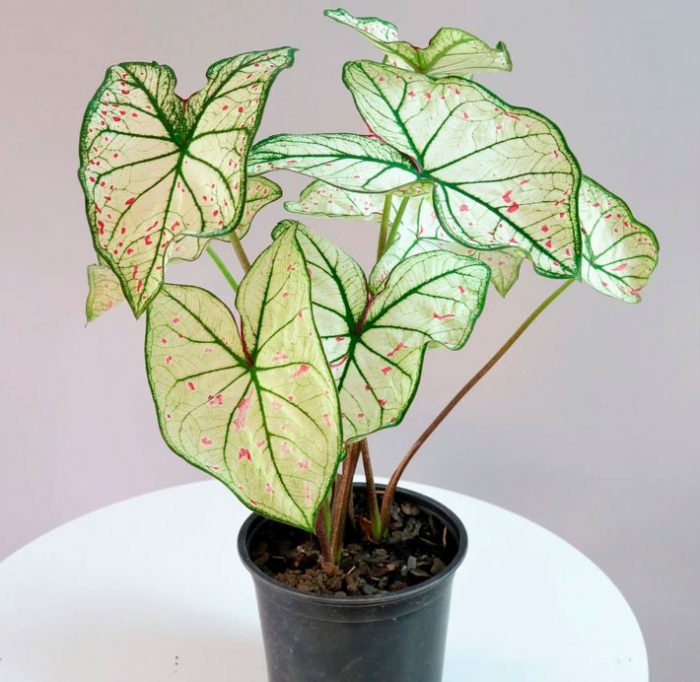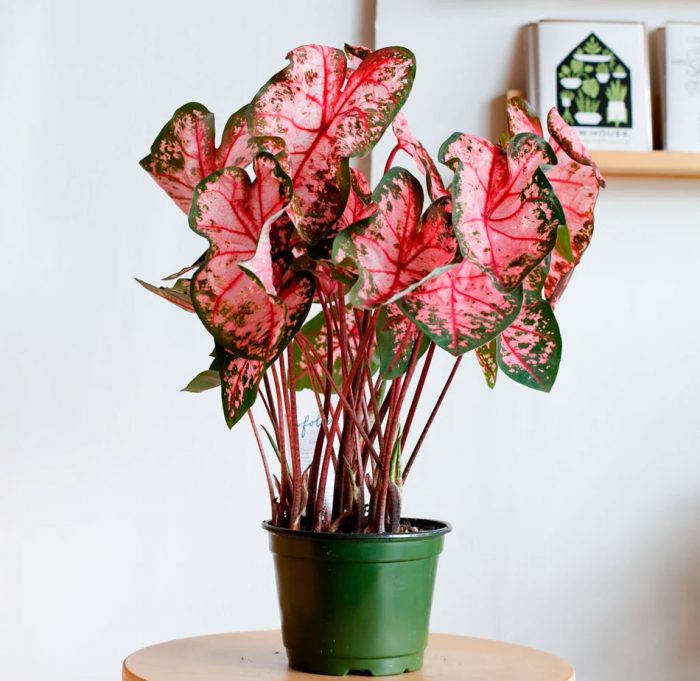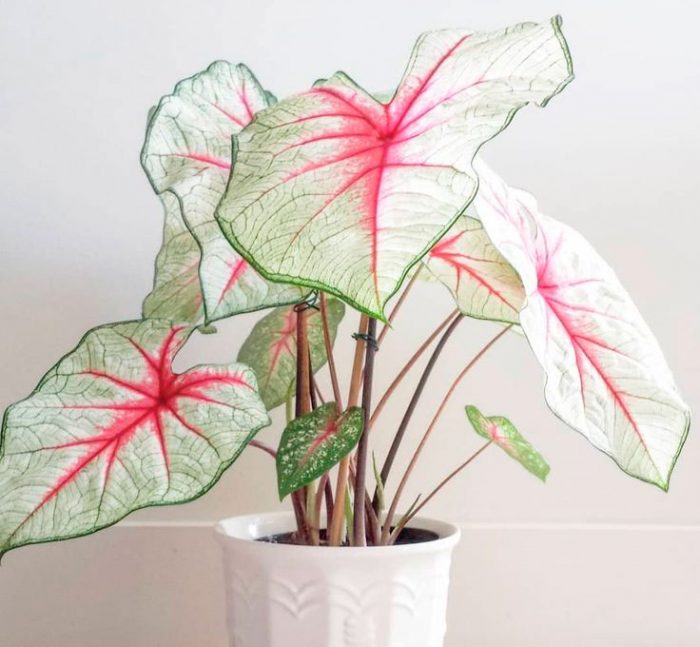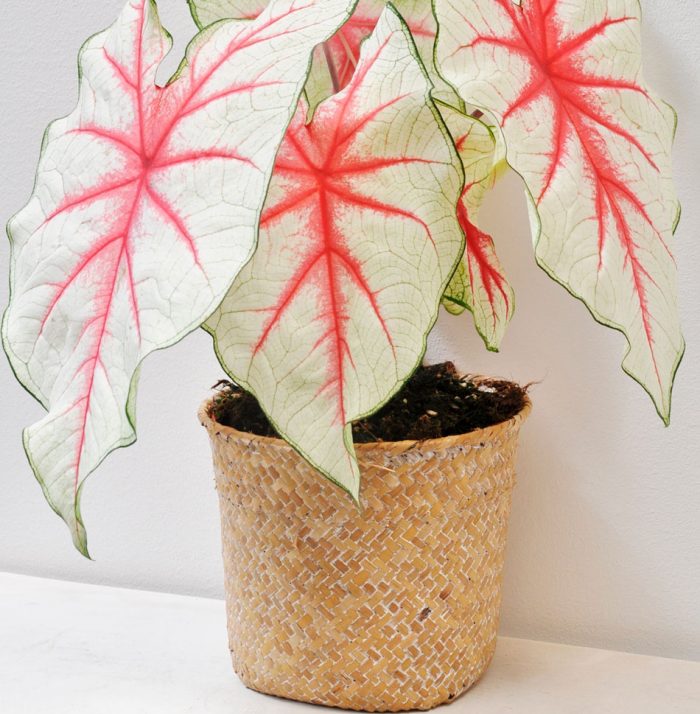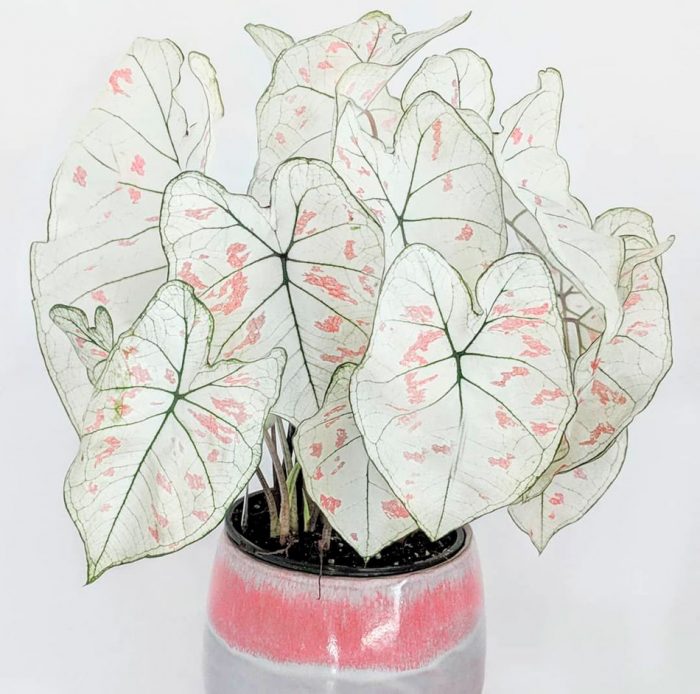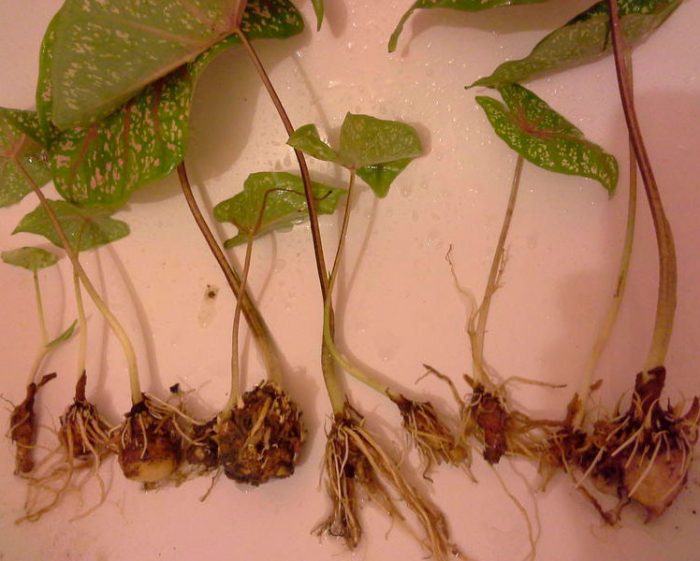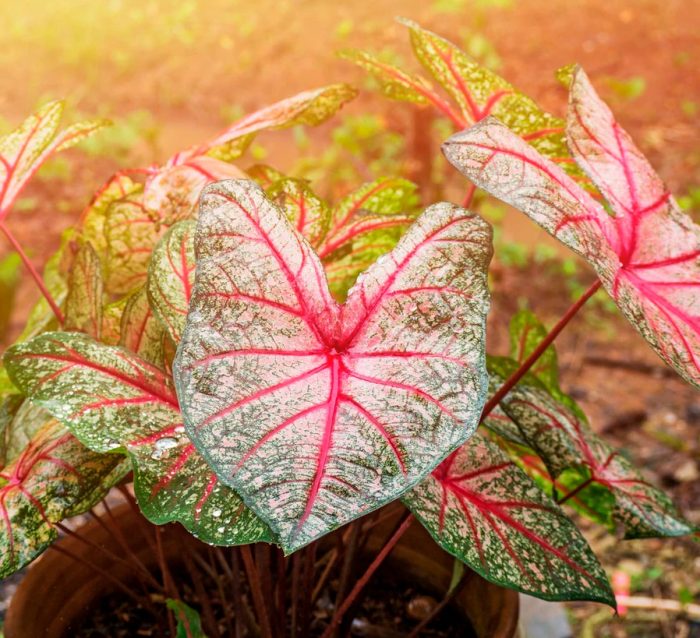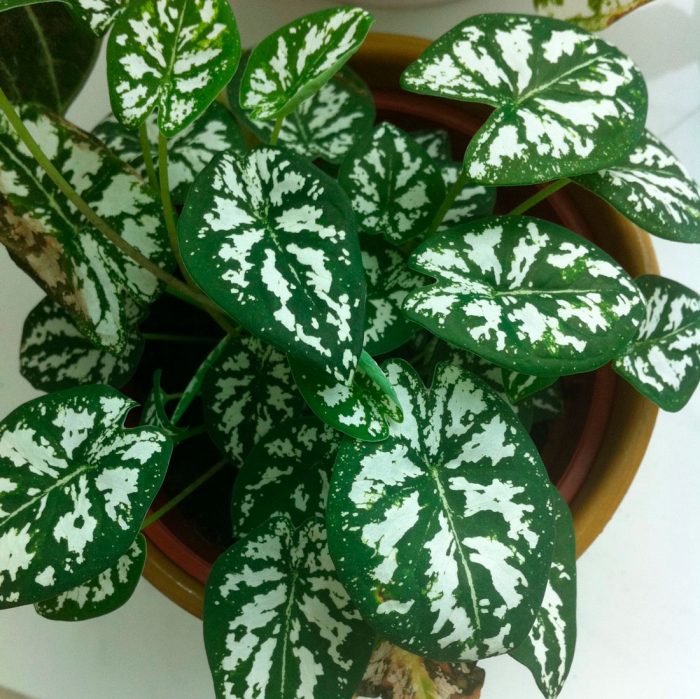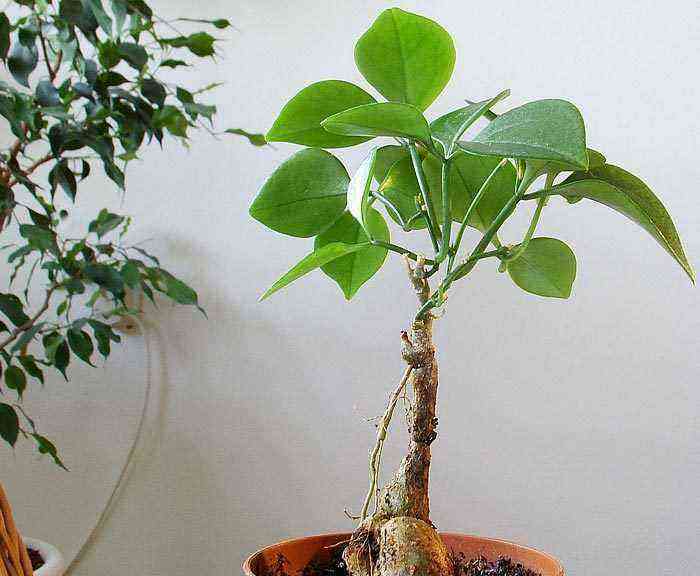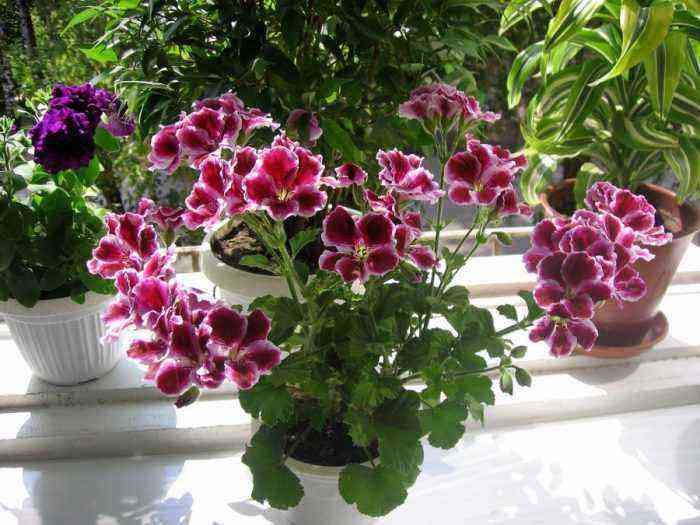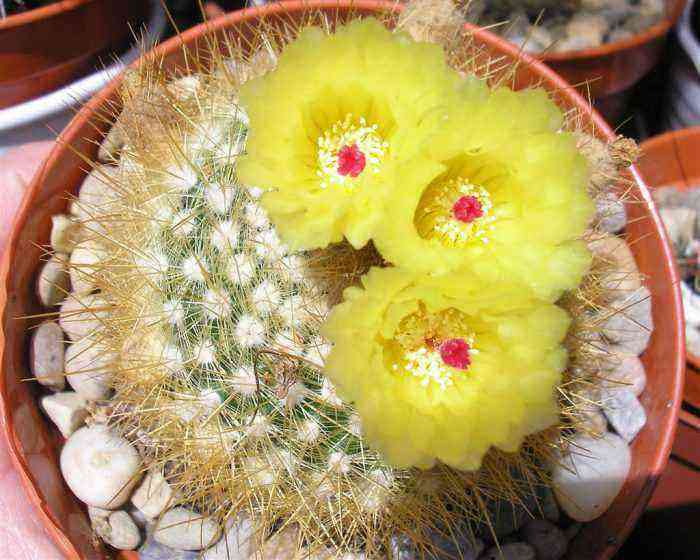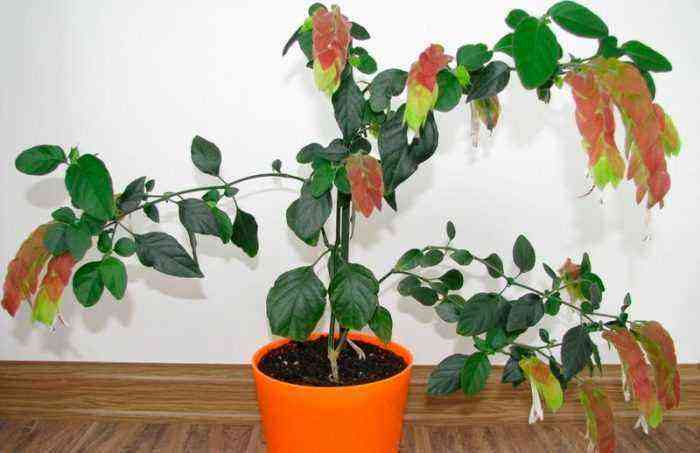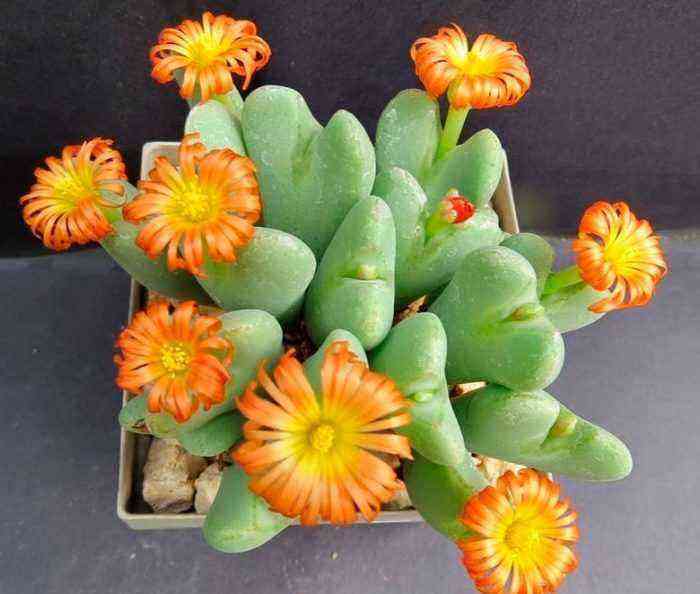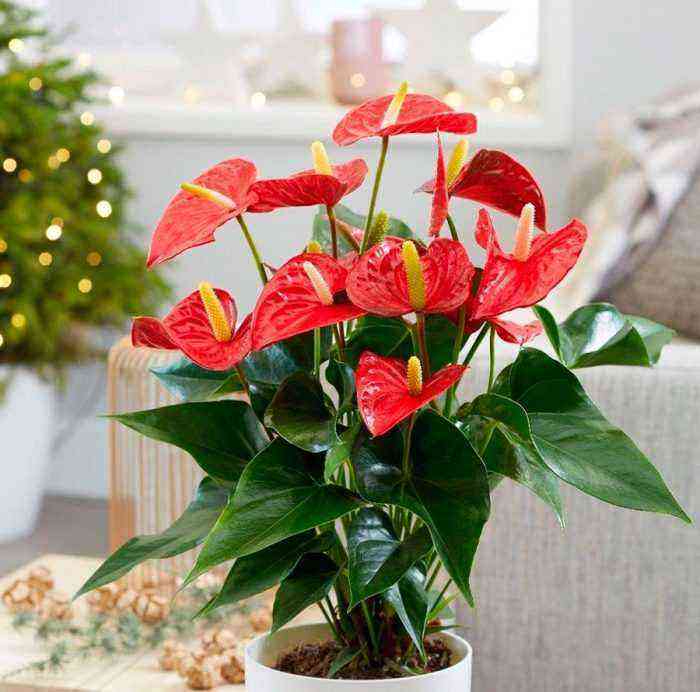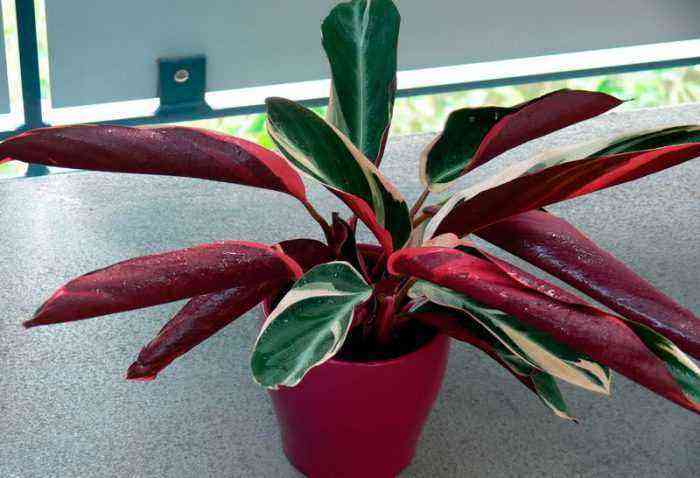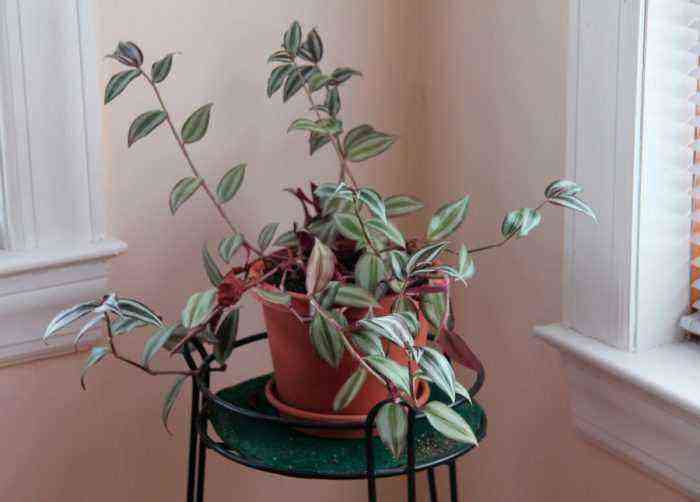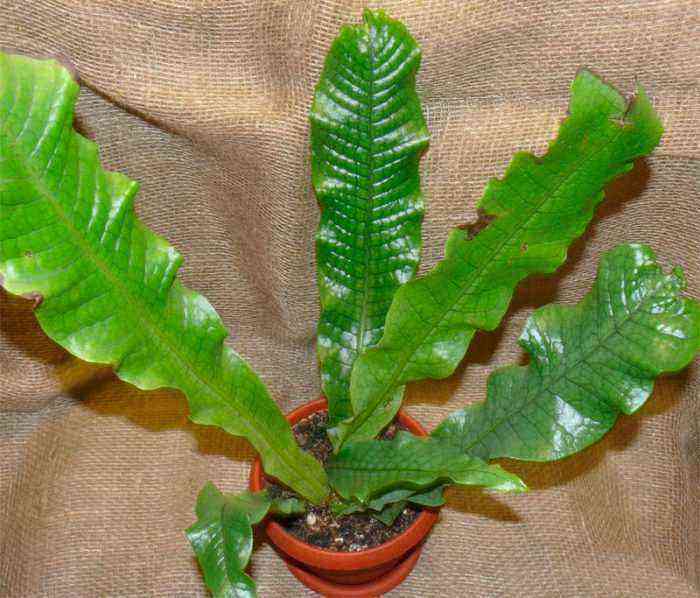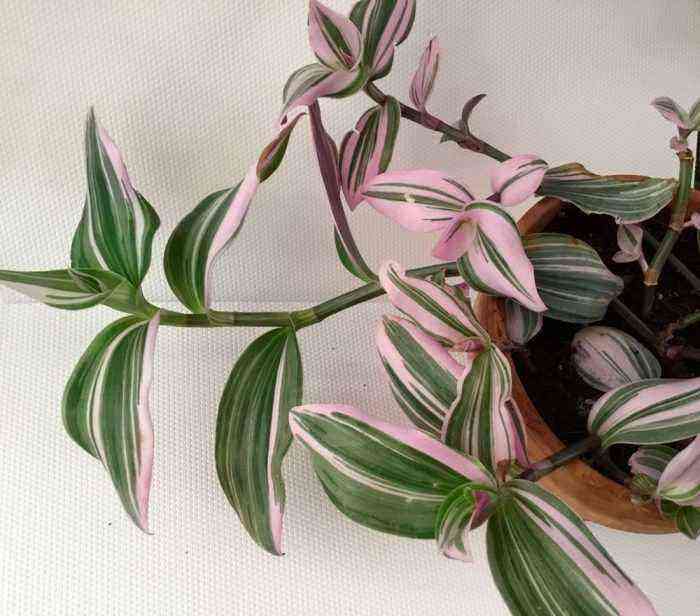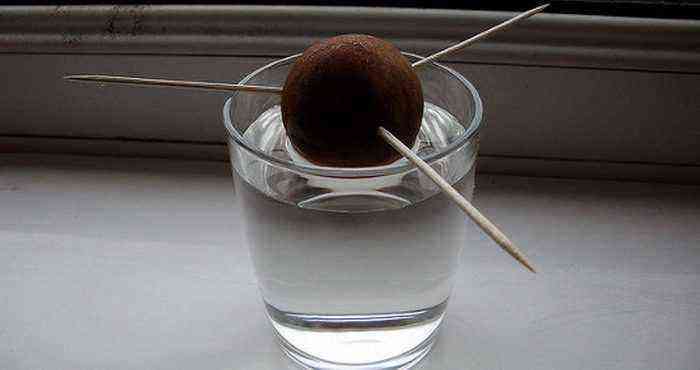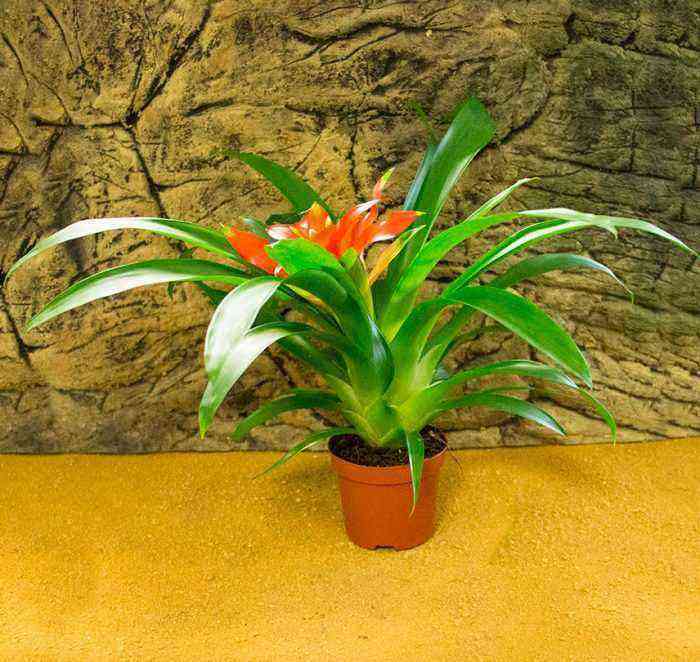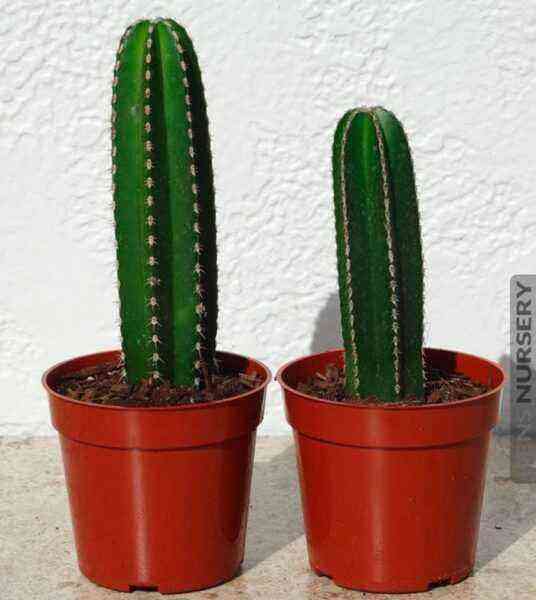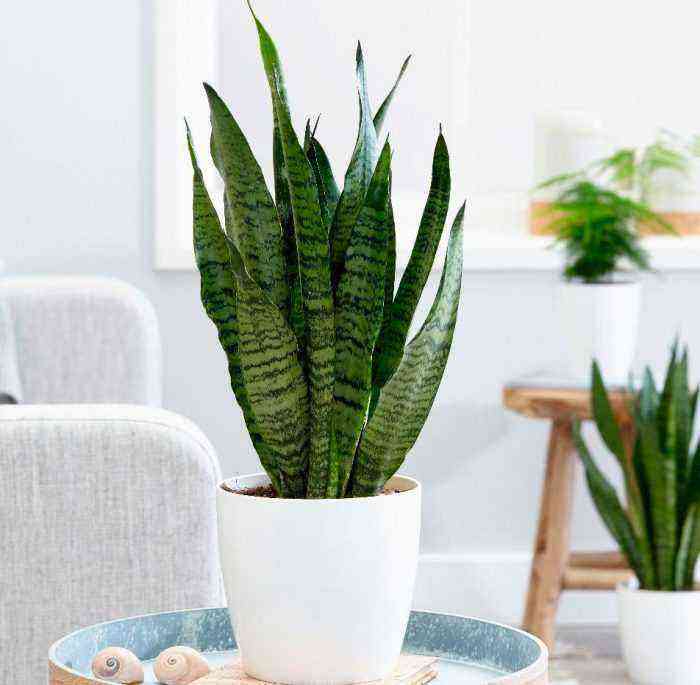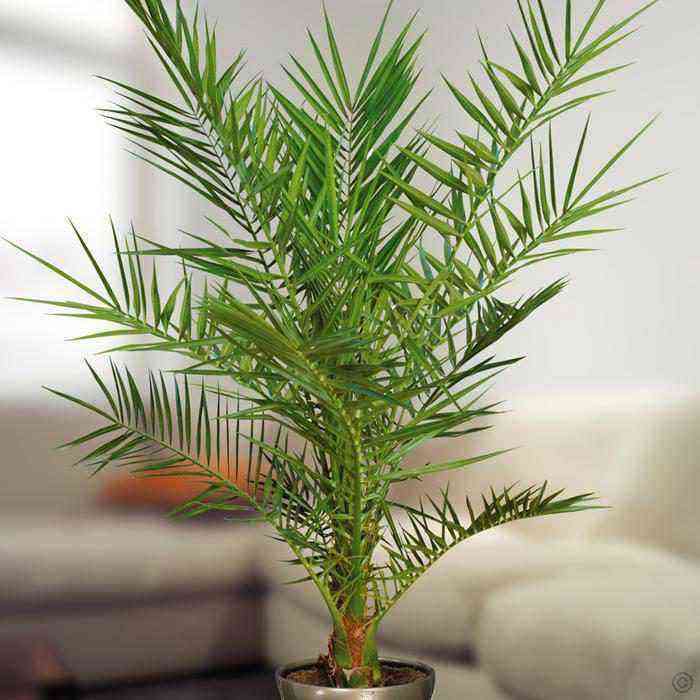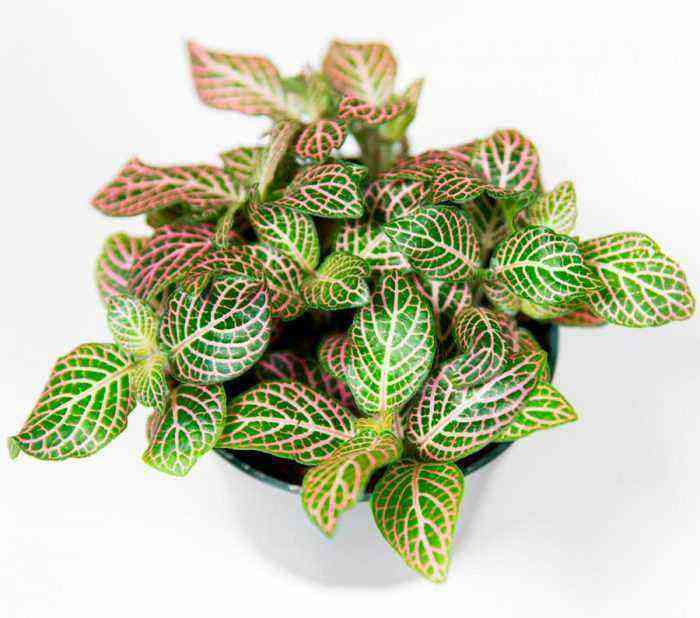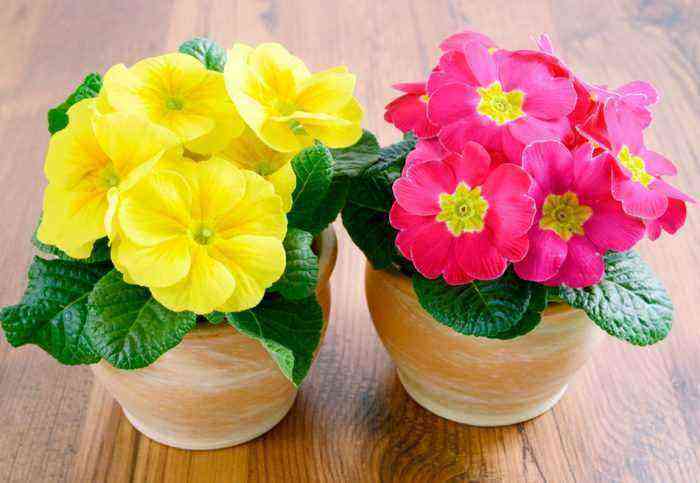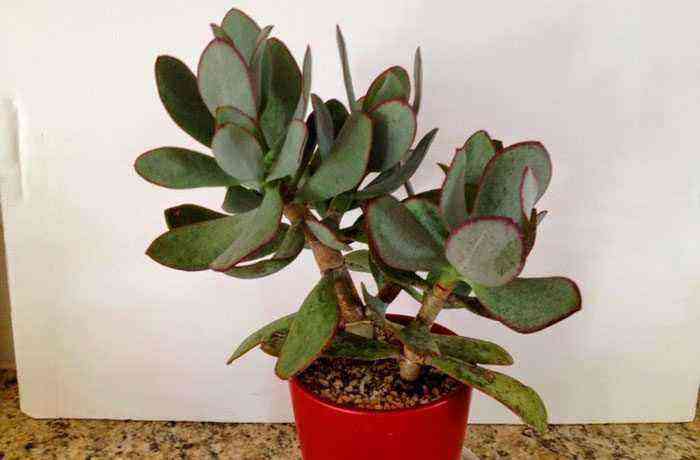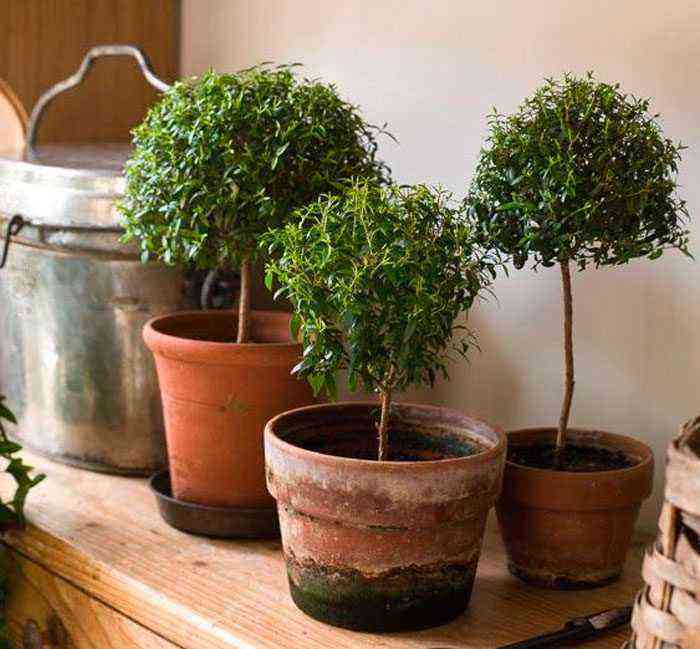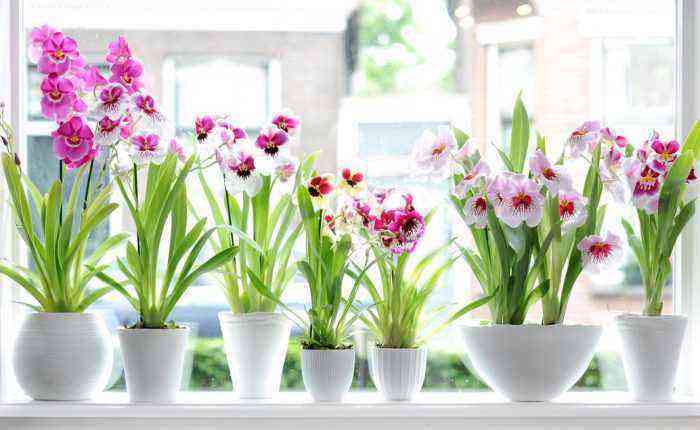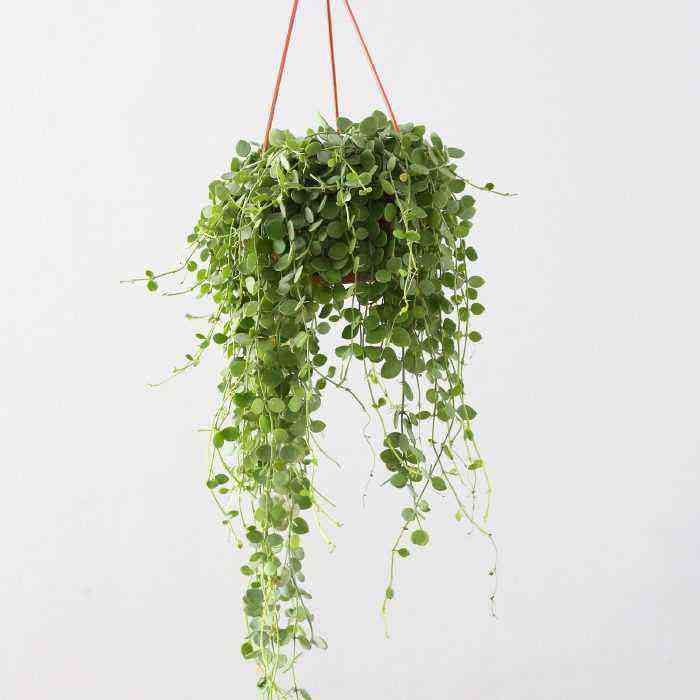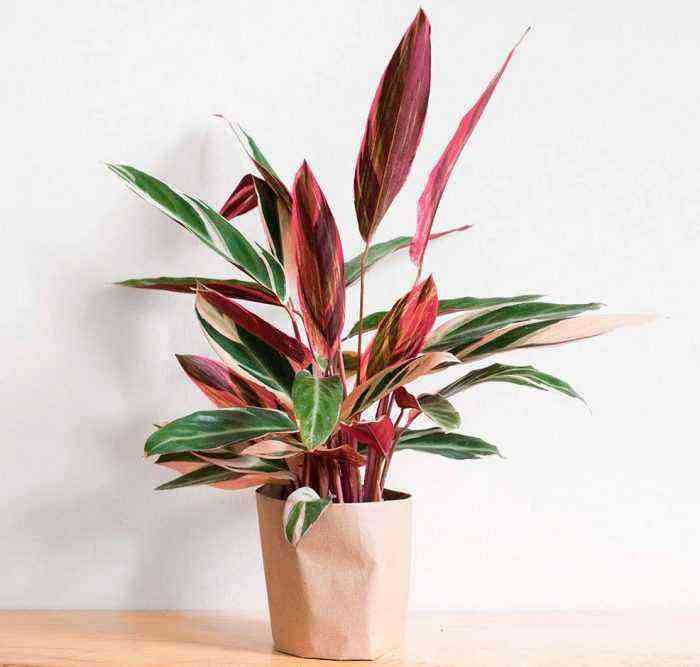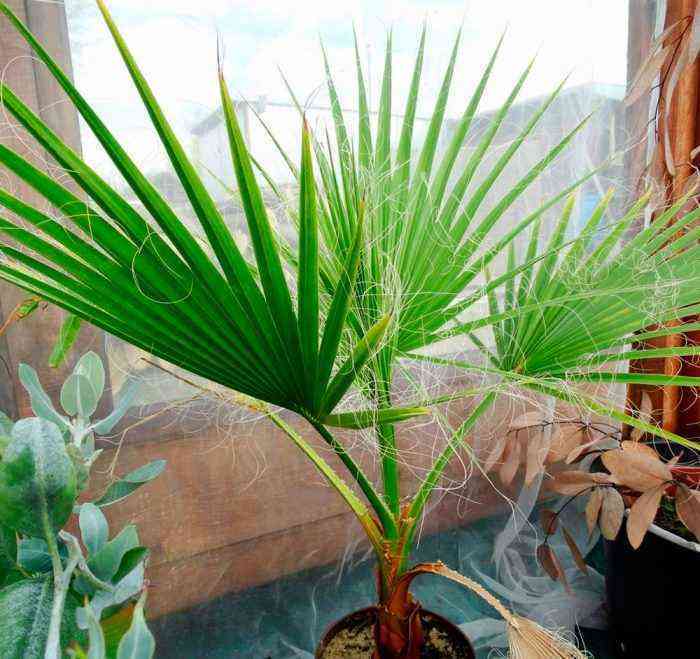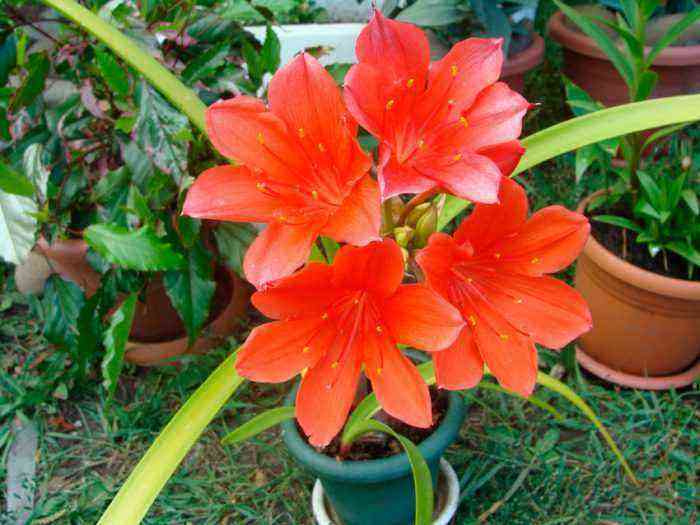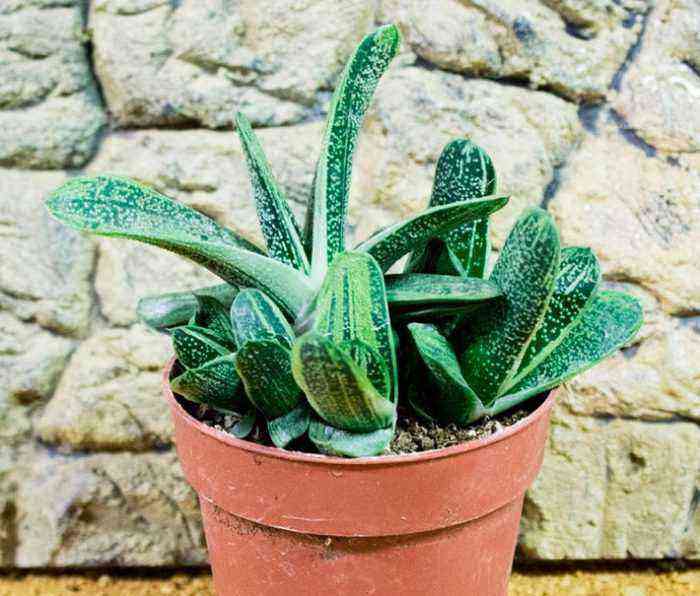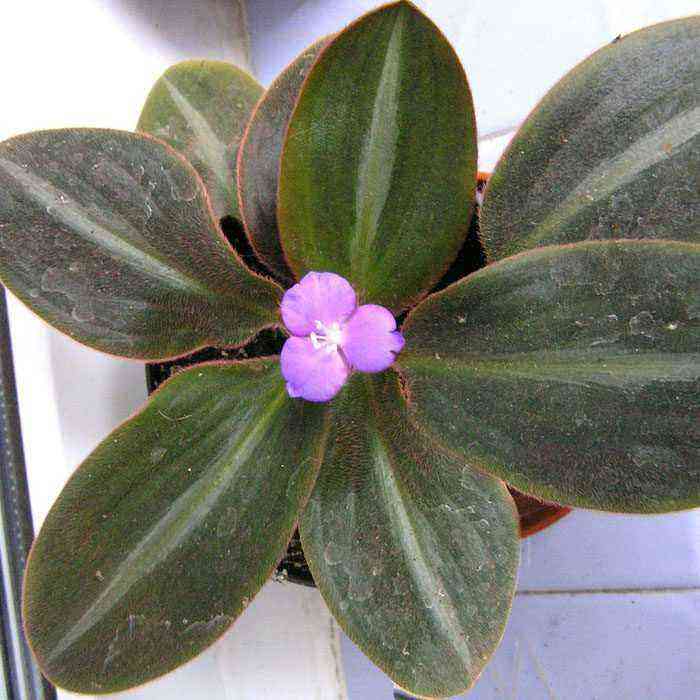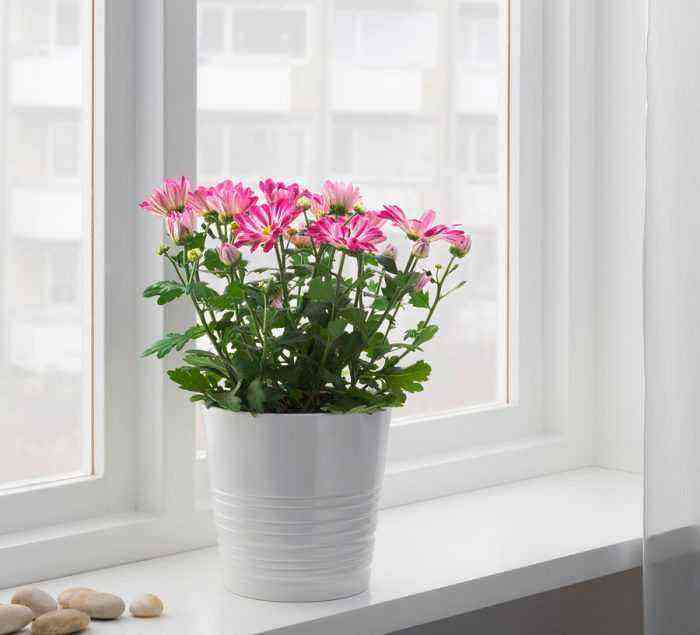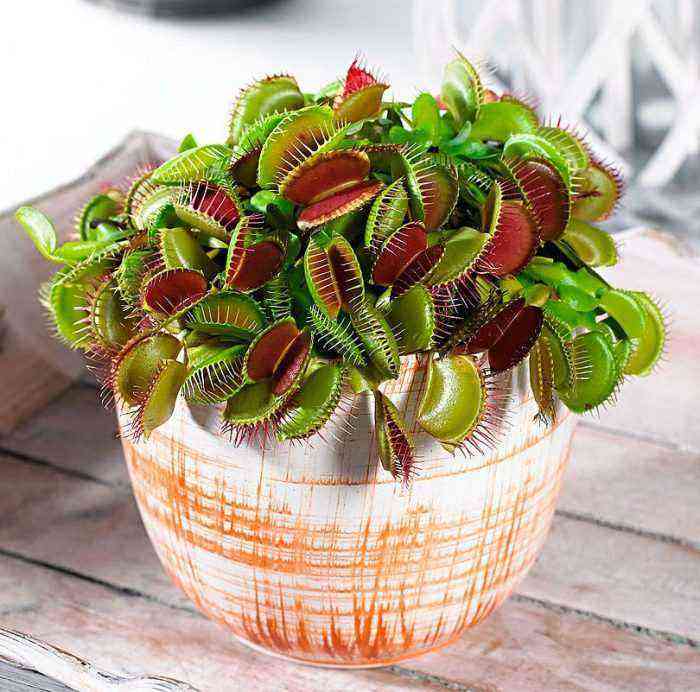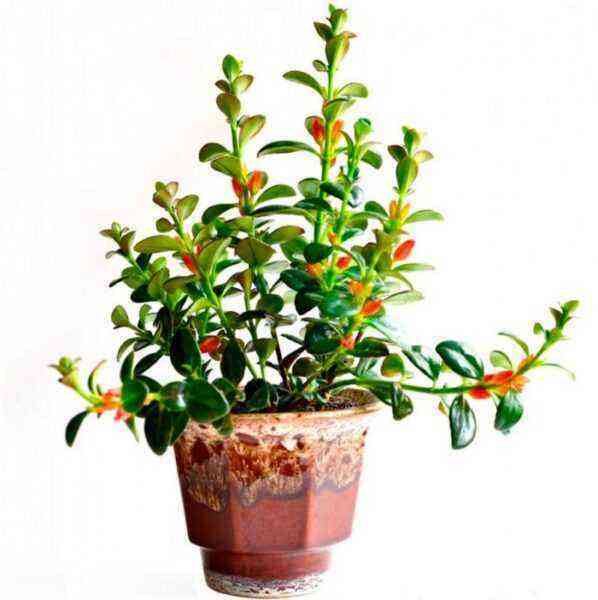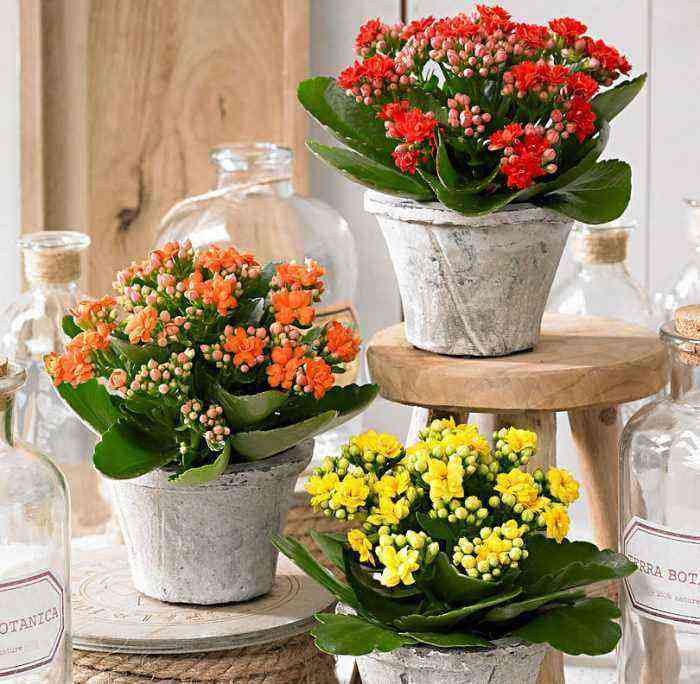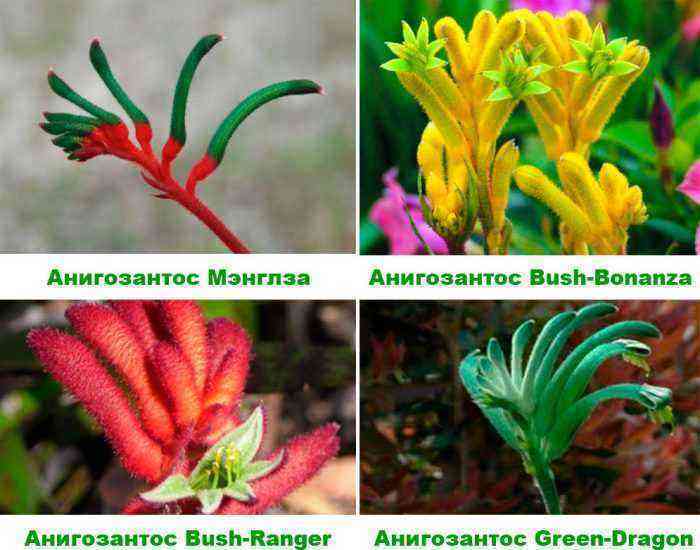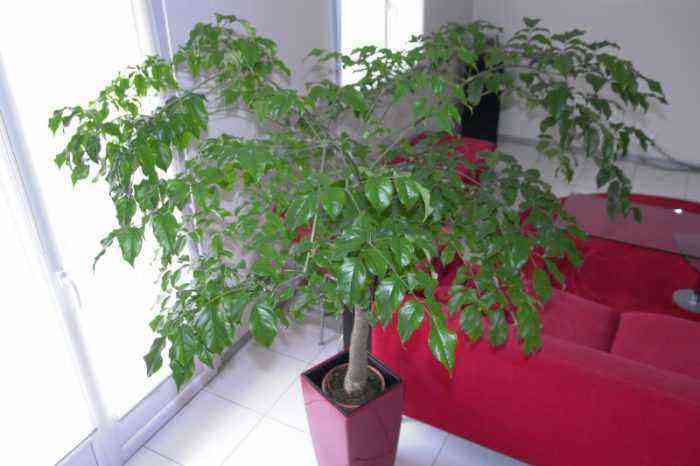The ornamental deciduous houseplant Caladium is part of the Aroid family. Under natural conditions, this plant can be found in the tropical latitudes of India and South America. It is very popular among flower growers due to its spectacular greenish leaf plates, which are decorated with a variety of spots, stains and patterns in a contrasting shade. Due to the original shape and color of the leaf plates, the plant is also popularly called the “Heart of Christ”, “Angel Wings”, and “Elephant ears”.
The foliage of the Caladium is very thin. Leaves are usually basal, they can be heart-shaped or arrow-shaped. The flower is distinguished by its exactingness in care and growing conditions. The plant has an average rate of development and growth. During the growing season, 10–12 new leaf plates are formed on the bush. The height of a home caladium can vary from 0,3 to 0,6 m, while in the wild, the plant can reach up to 5 m.In indoor conditions, flowers on a bush appear extremely rarely.
If you decide to decorate your house with Caladium, then you need to remember that at the end of the growing season, it begins a dormant period. At this time, all the foliage flies around the bush and its development stops. In this regard, indoor caladium is most often cultivated as an annual plant.
Caladium properties
Be extremely careful when working with Caladium. The fact is that if the juice in the foliage gets on the mucous membrane, this can lead to the development of irritation or burns. And the reason is that the juice contains oxalate crystals. In difficult cases, the plant can cause laryngeal edema, itching, or food poisoning.
Brief description of cultivation
- Temperature conditions… During the growing season, the flower should be warm (at least 20 degrees). With the onset of a dormant period, it must be rearranged to a cooler place (no warmer than 5-8 degrees).
- Air humidity… Requires high humidity. It is necessary to systematically and often moisten the bush with a spray bottle.
- Illumination… Grows well in light shade. A western or northern window sill is best suited for Caladium.
- Watering… The potted soil is moistened immediately after its top layer dries. In winter, watering is reduced to a minimum, but it is impossible to allow the earthen coma to completely dry out.
- Soil mixture… A mixture of peat, slightly acidic garden soil and sand in a 1: 3: 1 ratio is perfect.
- Fertilizer… Top dressing is carried out once every one and a half weeks, using a mineral complex for this. In winter, fertilizers are not applied to the substrate.
- Transfer… The bush is transplanted only after its roots become cramped in the pot.
- Reproduction… Popular methods are cuttings and division of rhizomes, less often by seeds.
- Features of care… Large species and varieties can be grown outdoors. They are planted in shaded areas under shrubs or trees.
Caring for Caladium at Home
Home caladium needs constant attention from the grower, as well as proper care and suitable growing conditions. If everything is done correctly, then the bush will be lush, and its foliage will be bright. Remember that the plant reacts extremely negatively to the direct rays of the sun, so you need to make sure that they do not fall on its foliage. It is also important to pay attention to watering. Remember that caladium reacts equally negatively both to stagnation of moisture in the soil mixture, due to which rot may appear on the root system, and to an acute lack of moisture. Water the bush regularly and in moderation.
Temperature
In order for the bush to grow lush and spectacular, it is necessary that the room be warm all the time. Like most tropical plants, caladium can be damaged by a draft or air temperature below normal during the growing season. The flower feels best at a temperature of 20 to 25 degrees. With the beginning of the dormant period, the plant is transferred to a rather cold place with an air temperature of about 8-10 degrees. Remember that the shrub cannot be transferred from the heat immediately to a cold place. The plant needs a gradual decrease in temperature.
Air humidity
The tropics are not only warm, but also humid. That is why the plant needs increased air humidity in room conditions. Never place a bush near a working heating appliance. In order to achieve the required level of air humidity, you can use a special household humidifier. Do not forget to systematically moisten the bush from the sprayer, and also from time to time wipe the surface of the leaf plates with a damp cloth.
Illumination
If you want the color of the foliage to be rich and spectacular, then choose a place for the Caladium with bright diffused lighting. However, this exotic grows well in shade. In this regard, they can decorate the western or northern window. Make sure that the direct rays of the sun do not hit the leaves, as this can lead to burns.
Watering
Remember that the wrong watering regime can seriously harm the Caladium and even destroy it. Therefore, it is important to pay special attention to the moistening of the soil mixture. During the hot summer months, the plant needs abundant and frequent watering. They are carried out at least 1 or 2 times every 1–1,5 weeks.
Make sure that no moisture stagnation occurs in the substrate. This can cause the death of leaf plates or even part of the root system. Experts advise to moisten the soil mixture in a pot only after its surface dries out to a depth of 10–20 mm.
In winter, when Caladium is at rest, it is rarely watered with a small amount of water. The main thing is to prevent the earthen coma from completely drying out at this time, as this can cause the death of the flower.
Pot selection
A narrow but tall pot is best suited for planting Caladium. When choosing a container, you should pay attention to the fact that its diameter should be 1/3 larger than the volume of the plant. There should be drainage holes at the bottom of the pot.
Experts recommend choosing a clay pot for such a plant. Its walls allow air to pass through well and are able to absorb excess moisture from the soil mixture.
Soil mixture
A loose and light earth mixture is perfect for a plant, which should not be overly acidic. If desired, the substrate can be prepared with your own hands; for this, combine sand, peat and garden deciduous humus (1: 1: 3). Instead, you can buy ready-made potting soil at a specialty store.
Fertilizer
For caladium, a liquid mineral fertilizer is suitable, which contains calcium. The plant is fed twice or three times a month, while the procedure is combined with watering. In autumn, the plant is fed less often than in summer. And in the winter months, fertilizer is not applied to the substrate at all.
Caladium transplant
The transplant is carried out at the end of the dormant period, namely, in the last days of February or the first – in March. This will help awaken the Caladium from hibernation. First, remove the bush from the pot and inspect its tubers. If roots have grown on the tubers, then they should be cut off with a sharp tool such as pruning shears or scissors.
Plant the tuber in a pre-prepared pot, at the bottom of which a drainage layer must be made. It should be planted at a depth of at least 50 mm. If desired, several tubers can be planted in one pot at once.
The rest period
In the autumn, the growth of new leaves stops at the bush, and a complete stop of development of the plant itself is also observed. The dormant bush is moved to a cool place and watered very rarely and sparsely. In the first winter weeks, remove all foliage from the bush and transfer it to a suitable place for the winter (temperature no higher than 8-10 degrees).
Flowering
In order for the plant to appear flowers, it must create optimal conditions for growth. However, the flowering of indoor caladium can be seen extremely rarely.
During flowering, white, pink, and sometimes yellow flowers appear on the bush, which are collected in not very large cobs. In comparison with the spectacular foliage, the flowers look rather inconspicuous and do not represent any particular decorative value.
Methods of reproduction
Caladium reproduces fairly quickly and easily at home.
Reproduction of caladium tubers
Most often, home-grown caladium is propagated by tubers. You can purchase them at the flower shop. If you already have an adult plant, then you can propagate it by dividing it.
Inspect the tuber before planting it. You should be alert for signs of disease or the presence of a pest, as well as the presence of mold or signs of decay. In an adult bush, as a rule, babies are formed, which are small tubers that are easily separated from the parent plant. As a rule, they are used as seed.
If there are no children, then the parent tuber can be divided into several parts. But note that there should be two or three buds on each division. Do not forget to be sure to treat the cut points with charcoal powder, this will prevent the appearance of rot. In a pot filled with a mixture of peat and sand, carefully lay out the cuttings, while the cut point should be turned down. Then they are covered with the same substrate so that they are at a depth of 40–50 mm.
Cultivation from seeds
Caladium seed can be found at your local specialty store. The last days of February or the first days of March are best suited for sowing. Take a low, wide container, fill it with loose, light soil mixture, which must be moistened in advance. Bury the seeds in it. This must be done in such a way that the thickness of the soil mixture layer above the seeds is equal to their size. To ensure optimal humidity and temperature, the crops are covered with transparent glass or foil on top.
In order for seedlings to appear, crops must be placed in a place where it cannot be colder than 23 degrees. As a rule, the first shoots appear 20-30 days after sowing. As soon as this happens, remove the cover from the container. Do not forget to systematically moisten crops from a sprayer, and the water temperature should be close to room temperature.
Possible problems
Quite demanding in terms of care and growing conditions, the tropical plant caladium quickly reacts to inappropriate care, a sharp change in air temperature in the room, as well as to non-observance of the substrate moisture regime. With caladium, a florist may have problems such as:
- Twisting sheet plates… The bush is cold. Move it to a place with a suitable air temperature for it.
- The edge of the foliage turns brown and dries up… The plant feels an acute lack of moisture. Review your watering schedule.
- Mold has appeared on the surface of the sheet plates… Water regularly stagnates in the substrate. Sometimes this is due to the fact that aphids have settled on the bush.
- Withering foliage… The room has excessively low air humidity or the caladium suffers from too poor lighting.
- Dying off of leaf plates… This process is natural and should not alarm you. After the old leaf dies off, several new leaf plates will form on the bush. However, if the foliage dries up massively, then feed the bush with a complex mineral, which contains nitrogen.
- Foliage becomes faded… The plant feels an acute lack of light.
- Yellowing and drying of leaf plates… If this is observed during the growing season, then the problem may be associated with an acute lack of nutrients or with a violation of the irrigation regime. If this happened in the autumn, then this means that the bush has begun preparations for the dormant period.
- The edges of the foliage dry… This may be due to an unsuitable place for the plant, direct sunlight or non-compliance with watering rules.
- The foliage becomes smaller or the growth of the bush slows down… Move the bush to a place with plenty of sunlight, and also pay attention to the fertilizer, which should be suitable for the composition of the ornamental plant.
- Rot on tubers… Rotting tubers is observed when the rules for moistening the soil mixture in a pot are violated. Remove the shrub from the substrate and conduct a thorough inspection of its tubers. If they become yellowish and soft, this means that it will no longer be possible to save the flower.
- vermin… Caladium is not highly resistant to harmful insects. Most often, pests such as aphids, spider mites and mealybugs settle on it. To save the bush, it is recommended to treat it with a suitable insecticidal preparation.
Types of Caladium with photo
There are many types and varieties of Caladium, or rather, more than 15 thousand. However, only a few of them are grown at home.
Caladium bicolor
This species is the most popular in indoor culture. Its bright green foliage is adorned with stripes, veins and spots of a red hue. At the same time, the edge of the sheet plates is of a dark green hue.
Caladium Humboldtii
This species is the easiest to propagate and better withstand irrigation irregularities or sudden changes in growing conditions. Thin leaf plates can vary in color intensity. Most often, dark green foliage is decorated with stripes and spots of silver or white color. The bush is compact. If you choose the optimal lighting for him, then even in winter he will delight you with spectacular foliage, while his rest period will not begin.
Caladium schomburgkii Schott
The spectacular red foliage is adorned with a silvery pattern. The seamy surface of the leaf plates has a faded color. The oval, elongated leaves are shaped a bit like a heart. They are quite large: the width is about 12 centimeters, and the length is about 15 centimeters.


